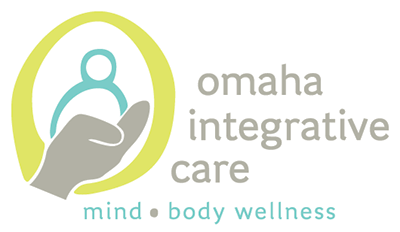
As a therapist who is invested in learning about the many ways to hold space for my clients to explore their own path to healing, I began to search for therapeutic tools that not only honored the mind’s role in healing but also supported one’s experience of their body. In my search, I came across the tool of Brainspotting (BSP). After some digging and my own personal experience with the use of this tool, I felt it was an important tool to add to my practice in supporting folks with a lived history of trauma. This tool was developed by David Grand Ph. D. and is utilized by providers all over the world. BSP “works with the deep brain and the body through its direct access to the autonomic and limbic systems within the body’s central nervous system, by identifying, processing, and releasing core neurophysiological sources of emotional or body pain, trauma, dissociation, and a variety of other distressing symptoms” (On Point, Performance Neuro-Training, 2019).
It is understood now through years of research on trauma and the mind-body connection that our bodies carry our experience of trauma long after it occurs. At Omaha Integrative Care, we seek to offer an array of tools can that aid folks on their path to healing, including psychotherapy, psychiatric med management, mindfulness, trauma-informed primary care, bodywork/massage, reiki, and nutrition. The use of BSP allows an individual, with the support of a therapist, access to the deep brain and body where the body-based responses to stress and trauma often live. Typically, talk therapy accesses the neocortex where all our conscious thought, decision-making, and language resides. While our use of language, critical thought, and the narrative is a major facet of healing, it is not the only path to healing. This is especially true for more body-based symptoms or folks who are uncomfortable sharing their stories aloud to a therapist through language. BSP is an alternative path to healing from trauma.
What does a BSP session look like?
A BSP trained integrative mental health therapist will meet with a prospective client to explore goals for treatment, including what the client would like to work on—this could include healing from traumatic experiences or memories, addressing issues where you feel “stuck”, releasing ruminating thoughts or false beliefs, relief from chronic pain, and many other concerns. Once a topic has been chosen to “spot”, a therapist will invite the client to recall a moment when this issue occurred to invite “activation” or a body-based response to emotions or stress and ask the client to rate their level of activation on a scale of 1-10. Then, using headphones with bi-lateral nature sounds and a “pointer” which aids in focusing the gaze, the therapist holds space for a client to process within the deep brain anywhere from 15-45 minutes. During the BSP session, the therapist will provide ongoing support, aid in redirecting the client’s attention to their experience of their body while deep processing, and provide support in grounding once the session is complete.
Who is a good fit for BSP at Omaha Integrative Care:
BSP works with many diverse populations, not only those who live with a trauma history. While this tool is available for folks who seek ongoing therapy with provider who is trained in the modality, there is also an opportunity to explore use of BSP with trained provider as a complement to an already established therapeutic relationship in support of talk therapy. Please contact our intake coordinator to schedule a consultation for BSP.

Connect With Us